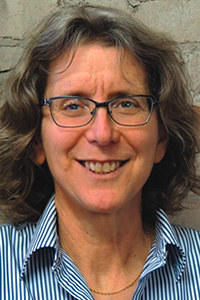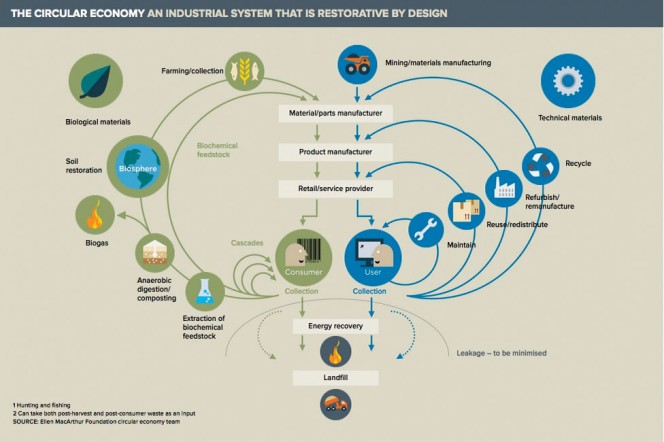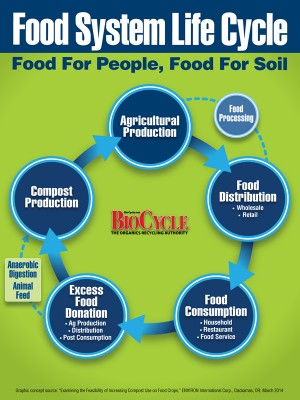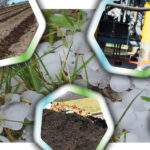
Nora Goldstein
BioCycle July 2015
The U.S. Environmental Protection Agency released its annual MSW Facts and Figures report last month (June 2015) under a new name: “Advancing Sustainable Materials Management: Facts and Figures 2013.” Introduction of the new name comes at an interesting time in the world of municipal solid waste management in the U.S. In last month’s editorial, “Calling A Spade A Spade,” we brought to light the very publicly spoken angst that big waste companies have about the cost of offering recycling services, i.e., they are losing money because processing single stream materials is expensive and global commodity prices are weak. In short, if America wants to recycle, people are going to have to pay more. So far, there really has been no discussion about the underlying reality that current practices yield a lot of contamination (aka waste).
The week after I wrote the June editorial, I spoke at a fundraising event in Barre, Vermont for the Toxics Action Center (TAC). As part of its mission to prevent landfill expansions and associated environmental impacts, TAC advocates for Zero Waste programs. I was asked to address Zero Waste initiatives, especially in light of Vermont’s Universal Recycling Law, which forbids disposal of recycled materials and organics by 2020. While thinking about how to frame my remarks, it hit me that Zero Waste is equivalent to 100% Resources. In other words, every material manufactured or grown can be utilized or consumed, and then, because what’s left are resources, can be repurposed or reused as is, recycled, digested or composted. In this scenario, materials currently deemed hazardous or nonrecyclable, noncompostable and nondigestable, have to be reconfigured to become a resource, or eliminated.

 When framed that way, we quickly move away from looking at municipal solid waste management as a hierarchy and instead view it as a cycle. Gone is the EPA solid waste hierarchy (aka the “MSW Facts and Figures”) and enter the Sustainable Materials Management cycle. In May, I attended a workshop in New York City, organized by the Ellen MacArthur Foundation and Closed Loop Fund, titled The Circular Economy 100. The Foundation’s graphic for a circular economy is a series of interconnecting circles and loops, with two primary cycles: biological and technical. This is wonderful food for “100% Resources” thought!
When framed that way, we quickly move away from looking at municipal solid waste management as a hierarchy and instead view it as a cycle. Gone is the EPA solid waste hierarchy (aka the “MSW Facts and Figures”) and enter the Sustainable Materials Management cycle. In May, I attended a workshop in New York City, organized by the Ellen MacArthur Foundation and Closed Loop Fund, titled The Circular Economy 100. The Foundation’s graphic for a circular economy is a series of interconnecting circles and loops, with two primary cycles: biological and technical. This is wonderful food for “100% Resources” thought!
In preparation for BioCycle’s Food For People, Food For Soil Workshop in Portland, Oregon (April 2015, part of BioCycle West Coast Conference 2015), we developed a graphic titled, “Food System Life Cycle.” We are continuing to use this graphic to rethink/reframe U.S. EPA’s current Food Recovery Hierarchy, the inverted pyramid with landfill and incineration still in the picture. Essentially, everything in the food system life cycle can be consumed or be recycled via composting and anaerobic digestion (including the manure from livestock fed with food scraps) to grow more food. BioCycle presents this as a cycle comprised of circles, with arrows flowing from one to the next. We are rethinking the arrows as in some cases, food goes directly from one circle to another without passing through the other circles.
All of these ideas are a work in progress. The key is to think in circles, cycles and loops, with 100% Resources (aka Zero Waste) as the defining factor.









